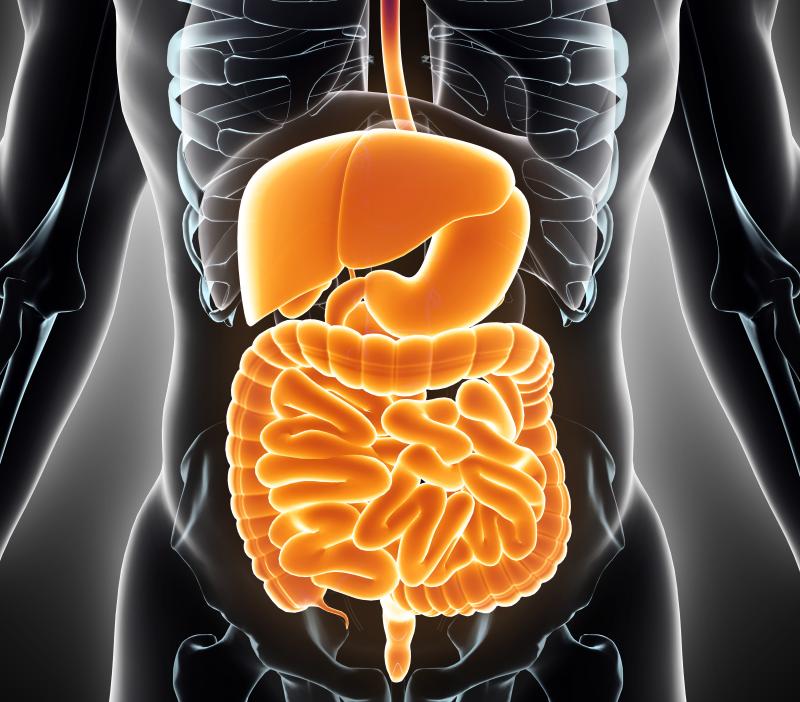
Patients with inflammatory bowel disease (IBD) who achieve a normal C-reactive protein (CRP) and endoscopic healing exhibit significantly higher ustekinumab trough levels, reveals a study. A cutoff level of 4.8 µg/mL predicts CRP normalization.
All IBD patients who received ustekinumab from 1 January 2014 to 1 March 2022 were included in this multicentre, retrospective study.
The primary outcomes were ustekinumab level correlation with clinical remission, endoscopic healing (the absence of ulcers/erosions in Crohn’s disease [CD] and Mayo endoscopic score ≤1 for ulcerative colitis [UC]), and normal serum CRP (≤5 mg/L). Secondary outcomes included defining optimal trough levels associated with favourable outcomes.
Seventy-one patients met the eligibility criteria (median age 39.5 years, 57.7 percent female). Of these, 74.6 percent had CD, and 12.6 percent were on combination therapy with immunomodulators.
Median ustekinumab trough levels were significantly greater in IBD patients who achieved endoscopic healing (5.4 vs 3.5 µg/mL; p=0.035) and normal CRP (5.5 vs 3.1 µg/mL; p=0.002).
Using a cutoff ustekinumab level of 4.8 µg/mL produced the highest area under the curve (AUC) of 0.73 (95 percent confidence interval [CI], 0.61‒0.80) that predicted a normal CRP. Moreover, a cutoff of 3.5 µg/mL generated an AUC of 0.66 (95 percent CI, 0.52‒0.81) that predicted endoscopic healing.
“Ustekinumab trough levels were significantly higher in patients who achieved a normal CRP and endoscopic healing,” the investigators said.